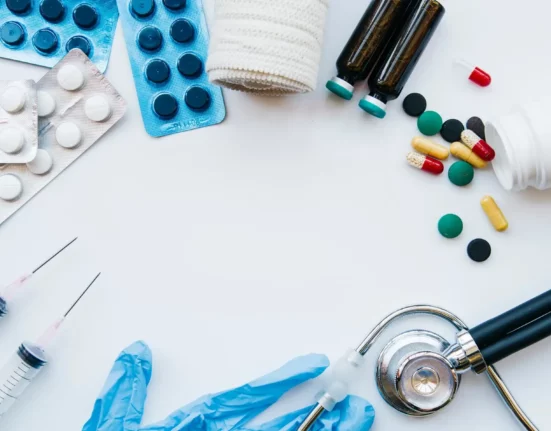The lives of the citizens in any country depends upon the efficient working of its hospitals and health centers. In any developing economy, it is of utmost importance that hospitals remain fully equipped with all sorts of small and large equipment required.
The following list includes the 10 types of medical equipment that should be present in each and every hospital:
Anesthesia machines –
At the time of operation, each patient needs to be given a dose of Anesthesia medications so that he feels numb and does not undergo the pain of surgery. Apart from that, they ensure a constant supply of required medical gases to the patient so that he does not suffer from any side effects post-surgery.
Stretchers –
Stretchers are the most basic but essential equipment needed in any hospital. When a patient arrives at the hospital in seek of medical treatment, he might not be able to carry himself all the way to the doctor’s cabin or even till the inside of the hospital. That is when a stretcher is required the most. It is absolutely necessary for hospitals to maintain a good number of stretchers in case of emergencies.
Defibrillators
Generally when a patient is undergoing a very critical situation like cardiac arrest or a heart attack or even a stroke, a defibrillator works to restore his heartbeat to normal. They are more specifically required while conducting operations.
MRI machines
Magnetic Resonance Imaging, or more commonly known as MRI scans are conducted by large machines that make use of magnetic and radio waves to see through your body. The functioning of the brain and spinal cord can be accurately known through this machine, which is what it’s majorly used for.
X-ray machines
An X-ray machine is used for generating images of the bones inside a human body in the same way an MRI machine gets images of various organs. Such X rays have highly penetrative radiation which is absorbed by bones and teeth, thereby producing an image of the skeletal structure of the patient. This can be used to know about the fractures or breaking of bones. Visit xray centre today.
Surgical tables
A lot of surgeries are conducted in hospitals every single day. Therefore, a surgical table is an absolute necessity. It is also called an operation table for quite obvious reasons. The table should be made in such a way that its height and angles can be adjusted depending on the patient.
Surgical tables
While operating on a person, the doctors need ample lighting so that they can carry out the operation with the utmost accuracy and reduce the chances of any mishaps. It lights up the entire area above the operation table thereby allowing doctors to work in appropriate conditions.
ECG monitors
An Electrocardiogram or an electrocardiograph machine, commonly known as a heart rate monitor is a machine that records and displays the current heartbeat of any person whether or not they are on the operation table. Portable monitors do not use wires and display the heart rate in the form of beats per minute.
Wheelchairs
If any patient has been suffering from any disease or encountered an accident that leads to permanent damage to his limbs, he needs a wheelchair to move around. This can either be pre or post-surgery. Many times, the patient is not able to walk temporarily, in such a case also wheelchairs are needed to shift them from place to another, as they are more versatile and movable than stretchers.
Minor first aid
This includes not only the basic first aid items like cotton and antiseptic liquids but also a variety of other products required by the doctors while examining the patients and dealing with minor injuries. For example; needles, tweezers, syringes, knives and so on.
If you own a hospital or are working in one, and your place requires any of the important equipment, you can contact agents that can help you in purchasing medical supplies.






